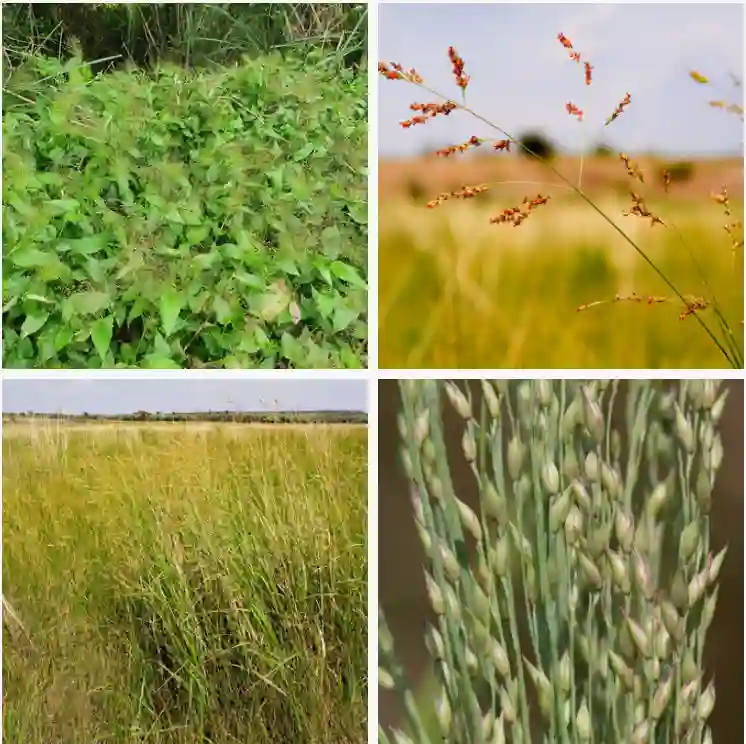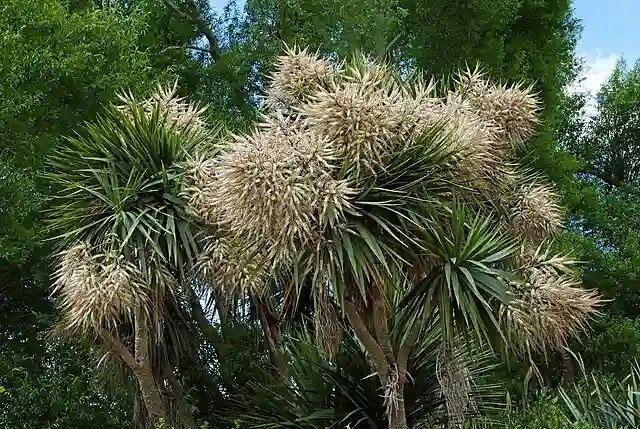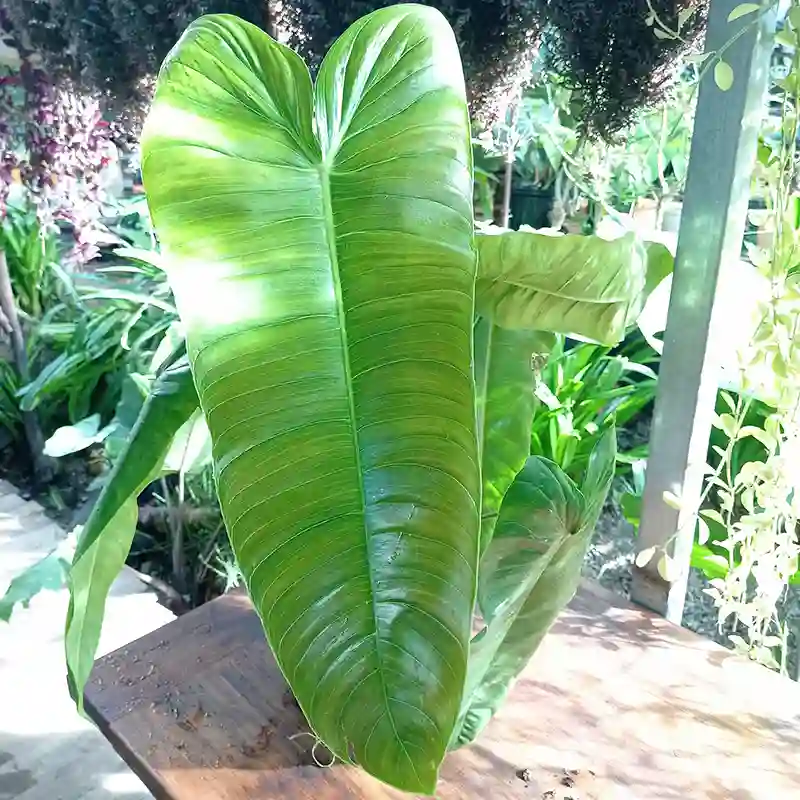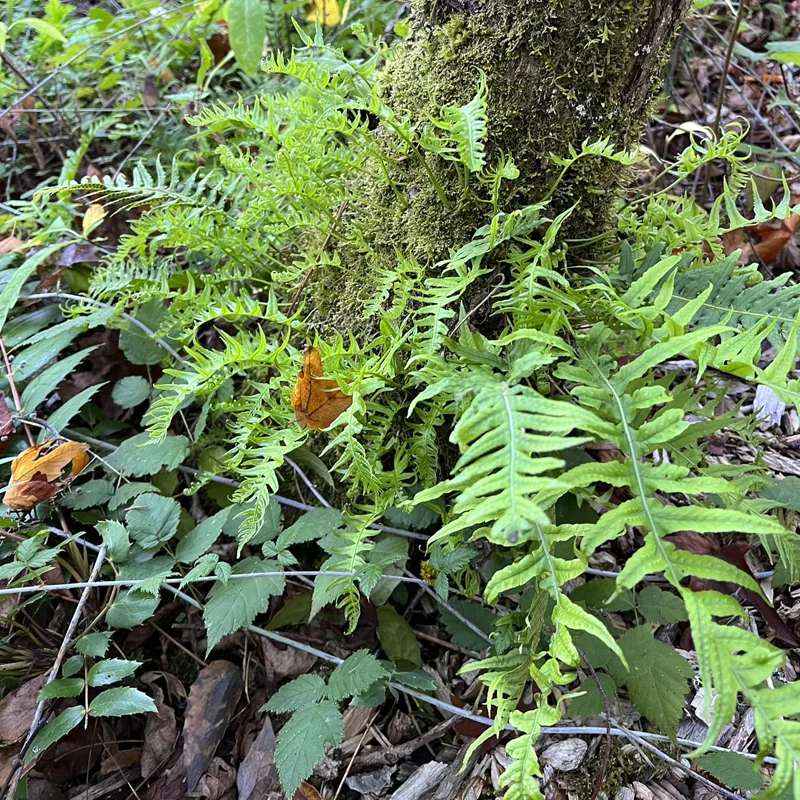Understanding the Icacinaceae Family
I’ve always been intrigued by the diversity and uniqueness of plant families, and the Icacinaceae family has caught my attention for good reason. This fascinating group of flowering plants consists of a variety of genera that thrive in tropical and subtropical regions. In this article, I’ll delve into the Icacinaceae family, its characteristics, and highlight some of its key genera, sharing insights on how they’ve piqued my botanical curiosity.
What is the Icacinaceae Family?
The Icacinaceae family, belonging to the order Aquifoliales, is composed of over 24 genera and around 150 species. You can mostly find them in tropical and subtropical areas across Africa, Asia, and the Americas. The family includes shrubs, trees, and lianas, with the latter particularly drawing me in for their impressive climbing abilities. Their leaves are usually simple, alternate, and glossy, making them an attractive group for anyone who loves ornamental or tropical flora.
One interesting thing about the Icacinaceae family is how it stands out with its distinctive features. They usually have small flowers, often in clusters or panicles, and are known for their drupe-like fruits (which resemble small stone fruits like cherries or olives). The plant family’s ecological importance is also worth noting, as its members are often used in traditional medicine in various cultures, especially for their anti-inflammatory properties.
Genera in the Icacinaceae Family
- Leretia: The genus Leretia includes tropical American shrubs and trees. The species Leretia cordata stands out to me for its interesting fruit, which has a fleshy outer layer and a large, hard seed. Though not widely studied, this genus represents the mystery that still surrounds much of the Icacinaceae family. It reminds me of the endless potential for discovery in the plant world, especially in lesser-known species.
- Alsodeiopsis Oliv.
- Casimirella Hassl.
- Cassinopsis Sond.
- Desmostachys Planch. ex Miers
- Hosiea Hemsl. & E.H.Wilson
- Iodes Blume
- Lavigeria Pierre
- Mappia Jacq.
- Mappianthus Hand.-Mazz.
- Merrilliodendron Kaneh.
- Miquelia Meisn.
- Natsiatopsis Kurz
- Natsiatum Buch.-Ham. ex Arn.
- Phytocrene Wall.
- Pittosporopsis Craib
- Pleurisanthes Baill.
- Pyrenacantha Wight
- Ryticaryum Becc.
- Sarcostigma Wight & Arn.
- Sleumeria Utteridge, Nagam. & Teo
- Stachyanthus Engl.
- Vadensea Jongkind & O.Lachenaud
Ecological and Medicinal Importance of Icacinaceae
Plants in the Icacinaceae family are often overlooked, but they play crucial roles in their ecosystems. Many species serve as food sources for animals, and their wood is sometimes used for fuel or construction. Some genera, like Icacina, also have edible parts, and others like Nothapodytes have become integral to modern medicine.
From a conservation standpoint, the family deserves more attention due to habitat loss in tropical regions, where many of these plants are endemic. Conserving Icacinaceae species not only helps maintain biodiversity but also preserves plants that might hold undiscovered medicinal properties.
My Personal Connection to Icacinaceae
As I’ve explored various plant families, I’ve grown particularly fond of the Icacinaceae family because of its diversity and usefulness. Whether it’s the medicinal properties of Nothapodytes nimmoniana or the ecological importance of Icacina senegalensis, this family has a wide-reaching impact. From a botanical perspective, it’s a reminder of how much we still have to learn about the world’s flora, particularly in tropical regions.
Gardening and plant collection have always been passions of mine, and the Icacinaceae family fits perfectly into that because of the uniqueness of its genera. It’s one of those families that may not be well-known to the average gardener, but once you dig into its characteristics, it becomes a fascinating addition to any botanical conversation.
Conclusion
The Icacinaceae family may not be the most widely recognized, but its contribution to ecosystems and human health is undeniable. The more I’ve learned about this family, the more I’ve come to appreciate its complexity, resilience, and beauty. Whether you’re a fellow plant enthusiast or simply curious about lesser-known plant families, I encourage you to explore the Icacinaceae family further. Its genera hold plenty of surprises for anyone willing to take a closer look.
If i die, water my plants!



